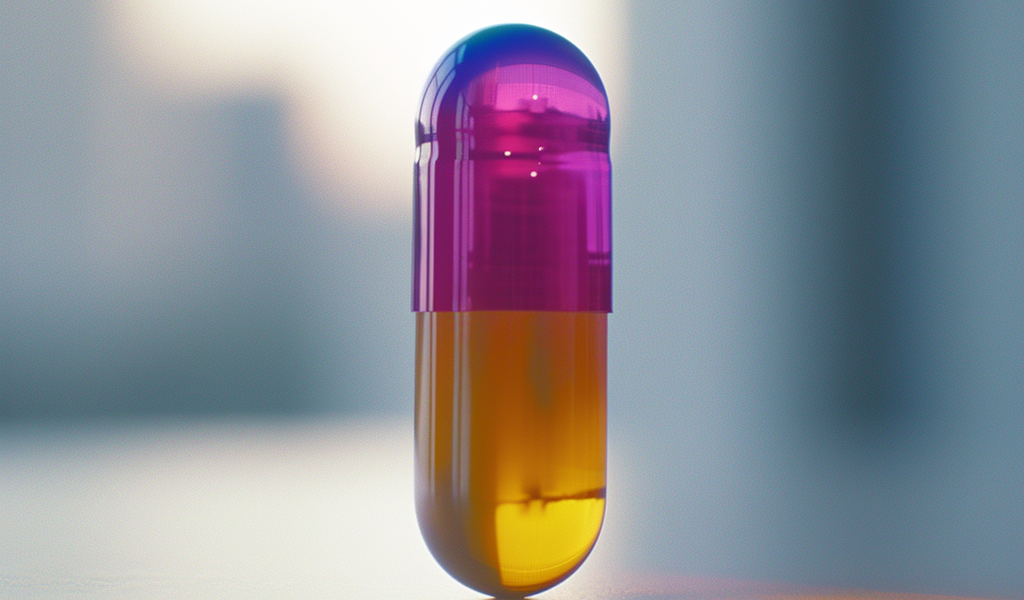Obesity drugs have another superpower: taming inflammation
The latest generation of anti-obesity drugs has taken the world by storm, thanks to their effectiveness at treating diabetes and reducing weight. But these drugs also have a less well-known superpower: the ability to suppress inflammation.
Evidence suggests that the drugs classified as GLP-1 receptor agonists — a category that includes brand names such as Mounjaro and Wegovy — can reduce inflammation in the liver, kidneys, and heart. The drugs even seem to dial down inflammation in the brain, leading scientists to hope that the compounds could be used to treat Parkinson’s and Alzheimer’s diseases, both of which are characterized by brain inflammation. A recent review listed more than 20 clinical trials that are exploring the drugs as therapies for the two conditions.
“The next generation of drugs could be even more targeted to reduce these new inflammation pathways that we’ve identified,” says Daniel Drucker, an endocrinologist at the University of Toronto in Canada who co-authored a study investigating how the drugs dampen inflammation that was published last month. “Maybe they would be more effective.”
The GLP-1 receptor agonists include semaglutide, which is marketed as Wegovy for obesity and Ozempic for diabetes, and tirzepatide, marketed as Mounjaro for diabetes and Zepbound for obesity. The drugs mimic a gut hormone called glucagon-like peptide 1 (GLP-1), which acts on the brain to dampen appetite, in addition to controlling blood sugar levels. But a slew of findings, many made in the past few years, showcase the ability of the hormone and its mimics to calm inflammation, caused by an onslaught of immune cells and immune-system chemicals.
In one experiment, a GLP-1 receptor agonist called liraglutide alleviated liver inflammation in mice with a fatty liver. A similar effect was observed in a pilot study in people. In other experiments in mice, liraglutide demonstrated anti-inflammatory potential in the kidneys and the heart. And GLP-1 itself reduces inflammation in fat tissue in obese and diabetic mice.
“We know from animal studies and human studies that GLP-1 seems to reduce inflammation almost everywhere,” says Drucker.
The reductions in body weight and blood sugar that the drugs trigger probably help to control inflammation. But some of the dru





